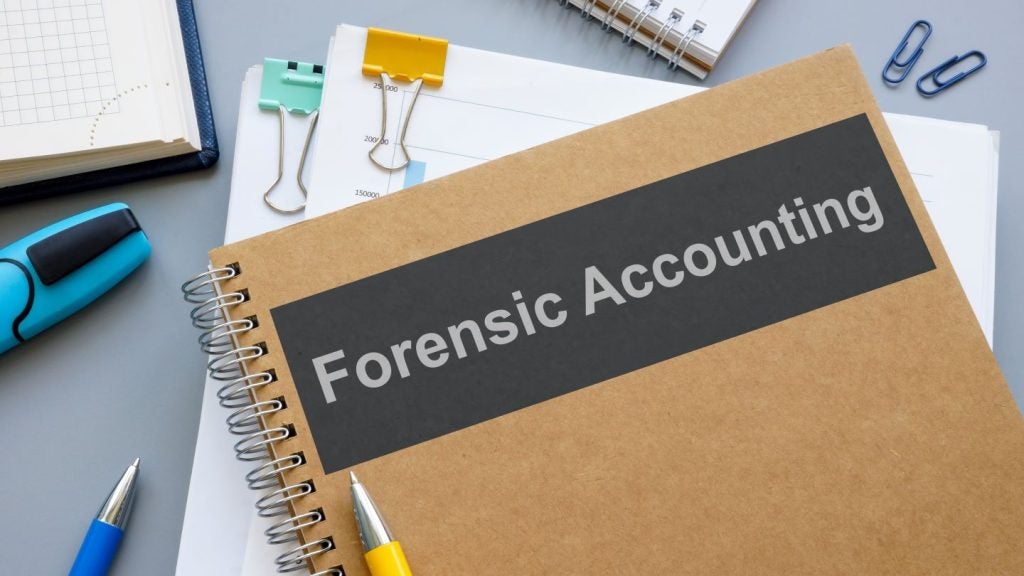
Hong Kong’s Accounting and Financial Reporting Council (AFRC) has issued the 2022 Annual Inspection Report on its inspections of public interest entity (PIE) auditors and non-PIE auditors completed from 1 April 2022 to 31 March 2023.
Overall audit quality rating – improved but not enough

Access deeper industry intelligence
Experience unmatched clarity with a single platform that combines unique data, AI, and human expertise.
In 2022, the AFRC inspected 55 PIE engagements, representing a nearly 50% increase when compared to 2020, in response to the unsatisfactory inspection results from previous years. For the first time, six non-PIE engagements were inspected under the power given to the AFRC in the Further Reform.
Introducing the 2022 Annual Inspection Report, AFRC head of inspection, Janey Lai, said: “The average audit quality rating for all PIE engagements inspected improved to 2.8 in 2022 from 3.1 in 2020, but it was not enough. We saw a progressive improvement in audit quality, mainly in Category A (Cat A) firms. However, the inspection results of most of the Category B and C (Cat B and C) firms were disappointing. In other words, there is still huge room for improvement.
“The recurrence of deficiencies indicated that some firms have not learnt or have not learnt enough from our previous inspection findings. This is a loud and clear message that those firms without substantial improvement in audit quality rating during the 2020- 22 Cycle, should immediately sharpen its focus on improving audit quality and protecting public interest. Their attitude in compromising audit quality either by impaired objectivity or by cutting corners is unacceptable. This could have a severe impact to the public’s confidence in the quality of financial reporting of Hong Kong as an International Financial Centre.”
System of quality control – good practices in some Cat A firms, but unsatisfactory results in most Cat B and C firms

US Tariffs are shifting - will you react or anticipate?
Don’t let policy changes catch you off guard. Stay proactive with real-time data and expert analysis.
By GlobalDataIn respect of the Systems of Quality Control (SQC), the AFRC noticed good practices adopted by some Cat A firms during the inspection. They encourage other firms to learn these good practices in the system quality of management development. There were a total of 14 Cat B and C firms inspected in 2022, we identified they had deficiencies in different elements of the SQC. In particular, the number of firms found to have deficiencies in acceptance and continuance of client relationships jumped significantly from 33% in 2020 to 71% in 2022, which required immediate attention.
Lai added: “It is unacceptable to find such high rates of deficiencies in the Cat B and C firms in our third year of the 2020-22 Cycle. These firms did not take benefits from our previous publications to enhance their SQC. To protect the public interest, the firmwide quality controls over client and engagement acceptance procedures will be under our focus. We will keep monitoring the current situation and taking further steps, particularly on firms with a tendency to accept higher-risk and more complex engagements which are disproportionate to their experiences and resources.
“We urge auditors to take robust actions and firms’ leadership such as firms’ Chairmen, Managing Partners and engagement quality reviewers (EQR) to set the right tone in order to improve the effectiveness of quality management system and the quality of their audit work. At the same time, we also urge directors of the listed entities and their audit committees to take advantage of our comments on audit firms when assessing the competence and capabilities of their auditors. It is their primary responsibility to ensure the quality of financial reporting and audits and therefore should maintain regular communications with the auditors on the key audit risks and resolve any issues identified during the audit.”






